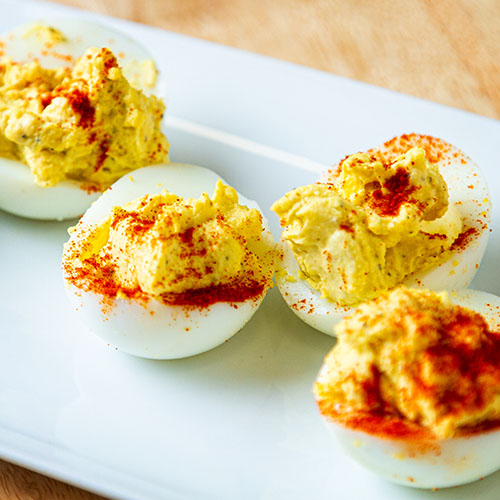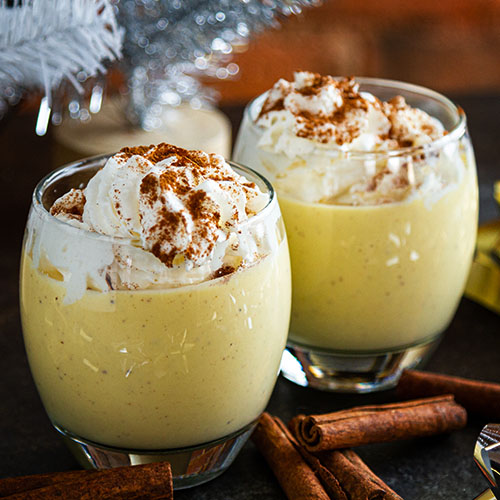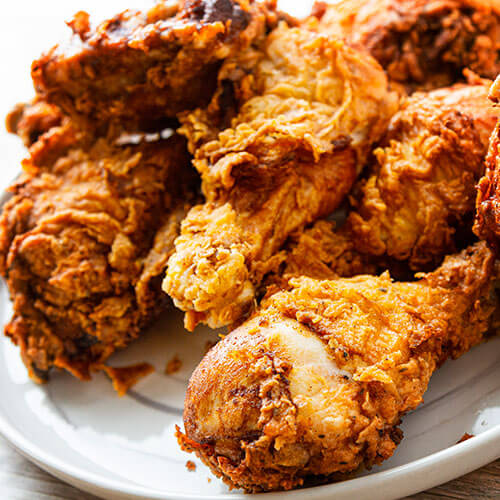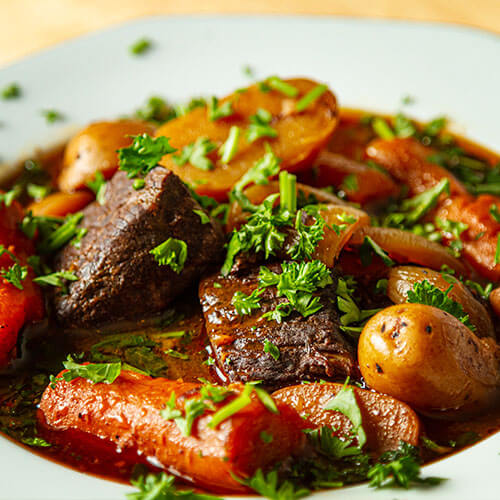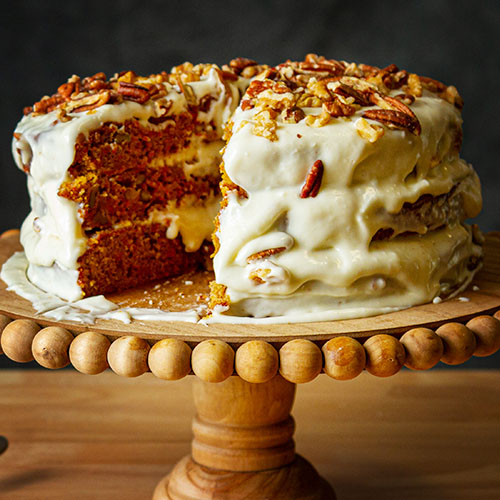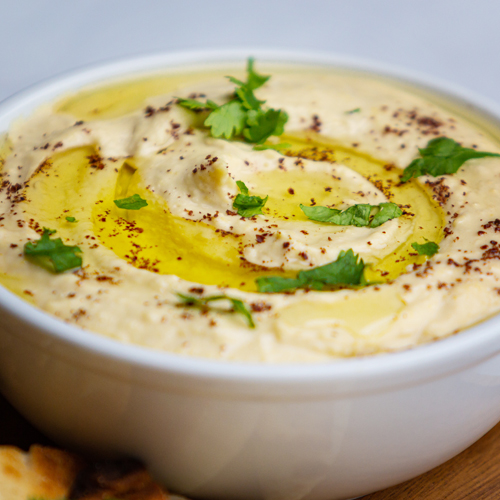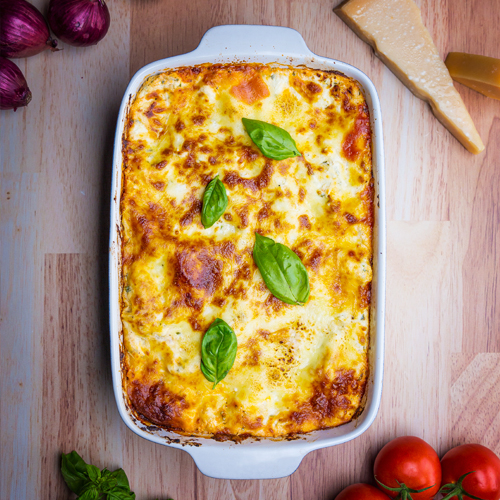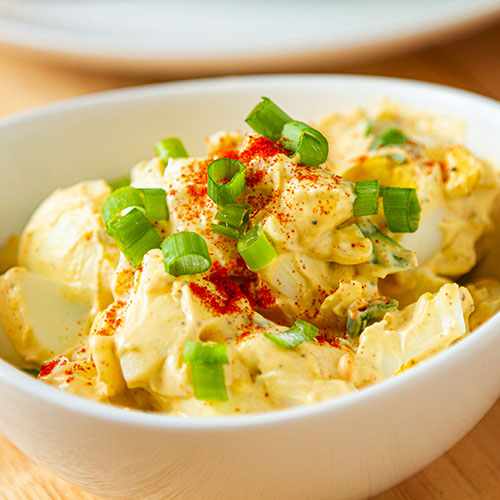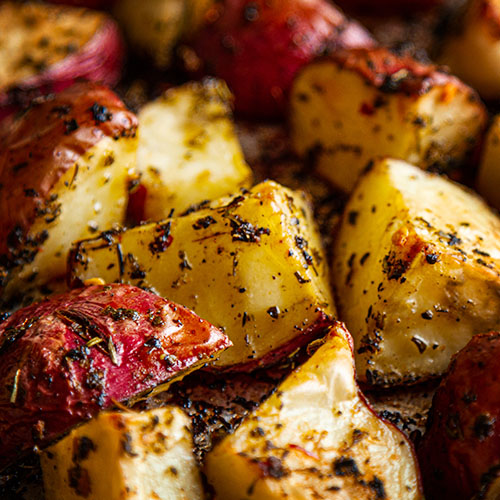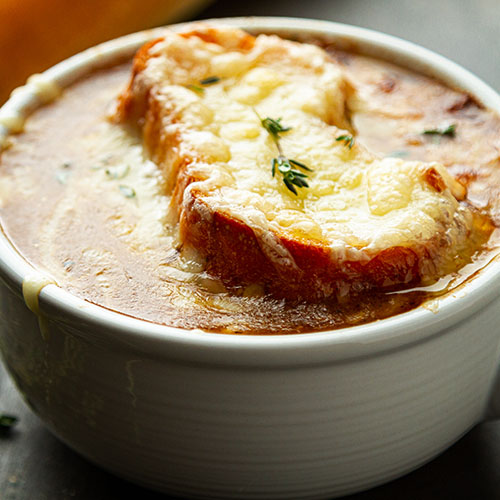How to Cook Polenta 6 Different Ways
Once you’ve discovered polenta, you’ll want to make it more often. If you want to know how to cook polenta to top with succulent ossobuco, grilled shrimp, or sausages, or you want to serve it as a side to go with your favorite main dish tonight, there are 6 ways to do it. This Italian dish is an easy one, and you can feel free to pick your favorite way to make it when you know how to cook a polenta recipe!
How to Cook Polenta on the Stove
Knowing how to cook polenta on the stove is truly an Italian tradition. Fortunately, it’s not at all complicated. Cooking polenta on the stove requires ground polenta. You’ll want to measure out what you need and boil water in a saucepan on your stove. Salt the water, and then add the polenta in, whisking as you do to keep it from getting lumpy.
Turn down the heat and let it simmer, but don’t wander off. Whisking often will help it get the right texture. It should thicken in about 5 minutes and still be slightly loose, not like cement. You’ll then cover it and continue cooking for another 30 minutes, making time to whisk it every 5 minutes. It’s ready when it is creamy and a taste of it reveals that the grains are nice and tender.
How to Cook Polenta in the Oven
While knowing how to cook polenta on the stove is tradition, if you know how to cook polenta in the oven, you’ll have an easy experience. Simply heat your oven to 350°F. and while it warms up, grease a large ovenproof skillet. Pour in the cornmeal with your liquids and whatever else your recipe calls for such as butter, cheese, and seasonings. Stir it up until it’s combined.
You’ll bake this uncovered for 40 minutes, then stir. Bake for another 10 to 20 minutes until it gets to your favorite consistency. Serve it right away with your favorite Italian dishes!
How to Cook Polenta in the Microwave
When you’re cooking for only one or two, knowing how to cook polenta in the microwave is one of the easiest methods. Mix your cornmeal and water, along with anything else the recipe requires, into a microwave-safe bowl. Put it in the microwave uncovered and cook on high for 5 minutes.
At the halfway point, take it out to stir it. Then put it back in and let it cook for the rest of the cooking time. Keep in mind that it will thicken more as it cools, so be patient about the texture.
How to Cook Polenta in an Instant Pot
If you love using your Instant Pot, you can cook polenta in it. Add the polenta along with the required liquids and seasonings in your recipe. Stir it together to combine, then cover. Put your Instant Pot on high for 9 minutes, then once the time is up, let it release the pressure naturally for 10 minutes. Whisk until it’s creamy, then add any butter, cheese, or other ingredients you’d like to finish it off before serving.
How to Cook Polenta in a Rice Cooker
Not everyone has a rice cooker, but if you do, you can use it to cook polenta. It’s the easiest way too! Just put all the ingredients into your rice cooker. Then set it on the white rice setting and let it cook until it’s done. You can then add whatever you want to it and serve!
How to Cook Polenta in an Air Fryer
In order to cook polenta in an air fryer, you’ll need a packaged roll of polenta that you’ll slice. Coat the slices with oil and season, then put them into your preheated air fryer in a single layer. The key with this cooking method for polenta is that you must not stack the slices or they won’t cook evenly. Plan on doing several batches to ensure they come out just right.
You can air fry the polenta in your air fryer at 400℉ for 10 minutes. When the time is up, flip over each slice and continue to cook for another 10 minutes. Make sure you serve them while they’re still hot.
Serving Polenta
Not sure what to serve with polenta once you learn how to cook it? It’s such a versatile dish that you can take it in any direction. Braised beef ribs, ossobuco, cioppino, beef stew, chicken piccata, or chicken marsala are all elegant options. Anything with a hearty sauce will be a blissful companion to the creamy texture of polenta.
This page was last updated by Megan Miller

